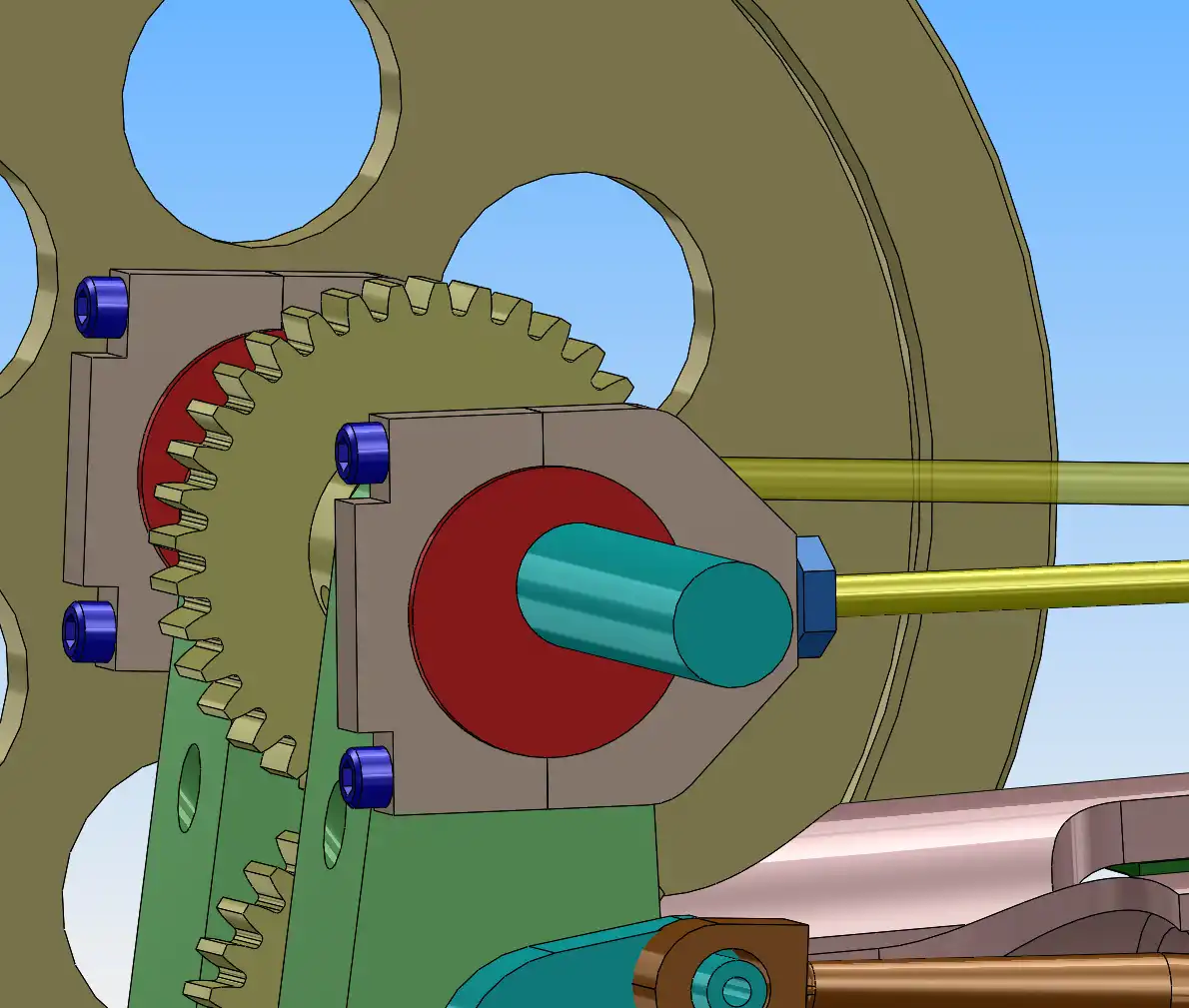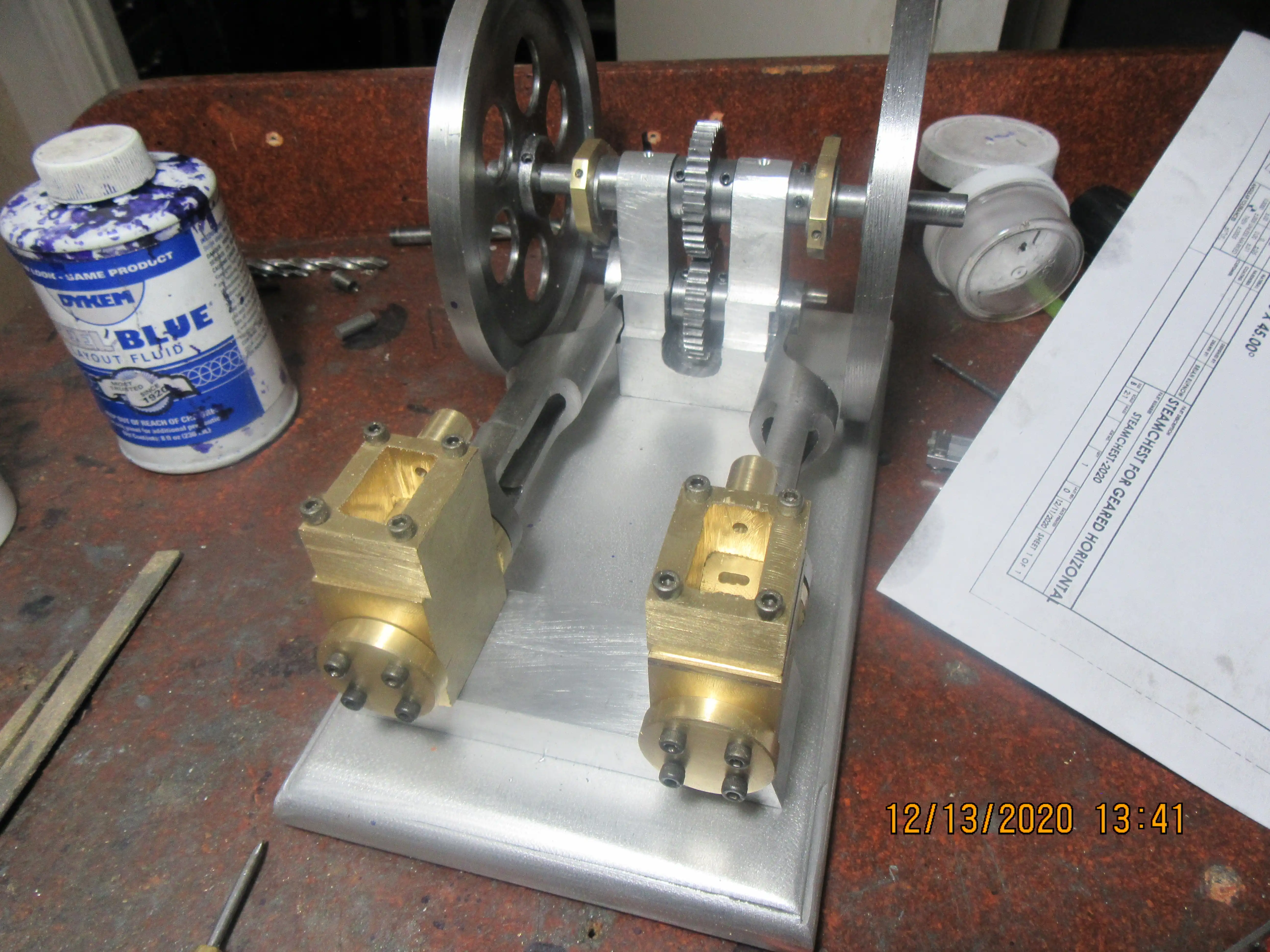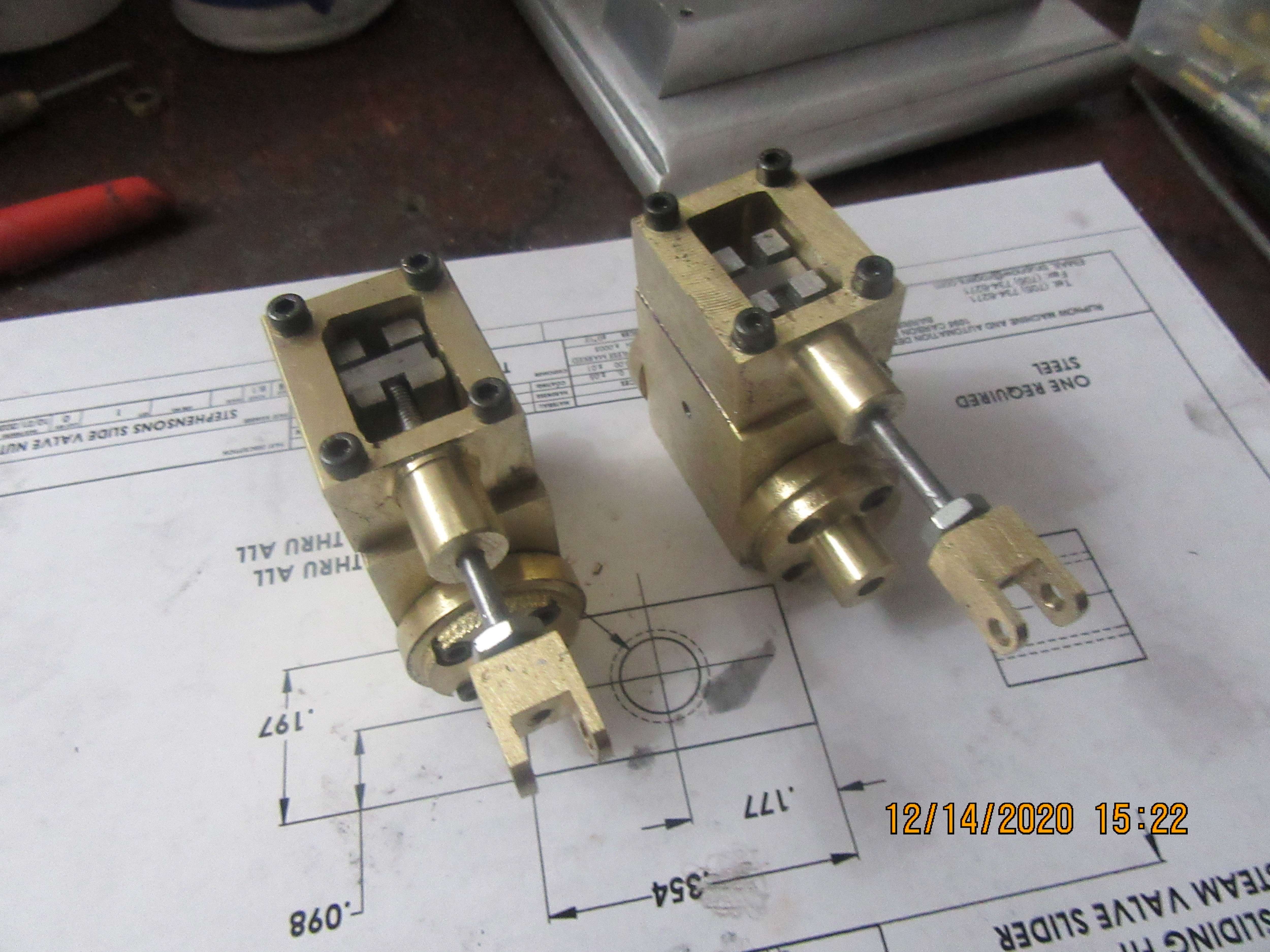Tim Wescott
Well-Known Member
- Joined
- Jun 3, 2018
- Messages
- 328
- Reaction score
- 99
Putting in the physics that Brian leaves out, and hopefully not confusing things too much: the moment of inertial is proportional to mass times radius squared, where radius is the distance of that mass from the center of the circle. After a whole lot of math (or cheating by looking at tables, and a little bit of math), you find that a flywheel with all of its mass concentrated on the rim is twice as effective for the weight as one that's just a flat disk. If I'm guessing right, Brian's flywheel probably has a moment of inertia about 60% higher for its mass than if he'd used a bit thinner stock and made it perfectly flat.






![DreamPlan Home Design and Landscaping Software Free for Windows [PC Download]](https://m.media-amazon.com/images/I/51kvZH2dVLL._SL500_.jpg)
























































